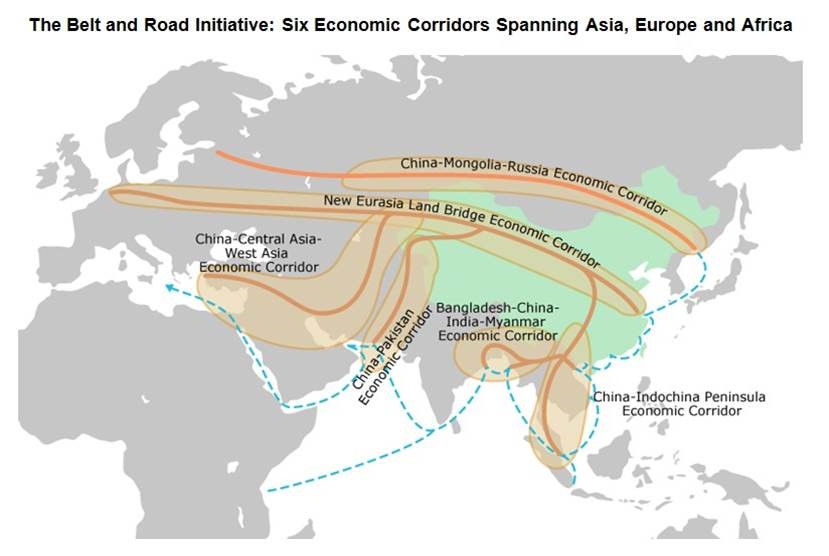7667766266
enquiry@shankarias.in
What is the issue?
What were the concerns with BRI?

What are China's commitments now?
What are the key takeaways for India?
Source: The Hindu